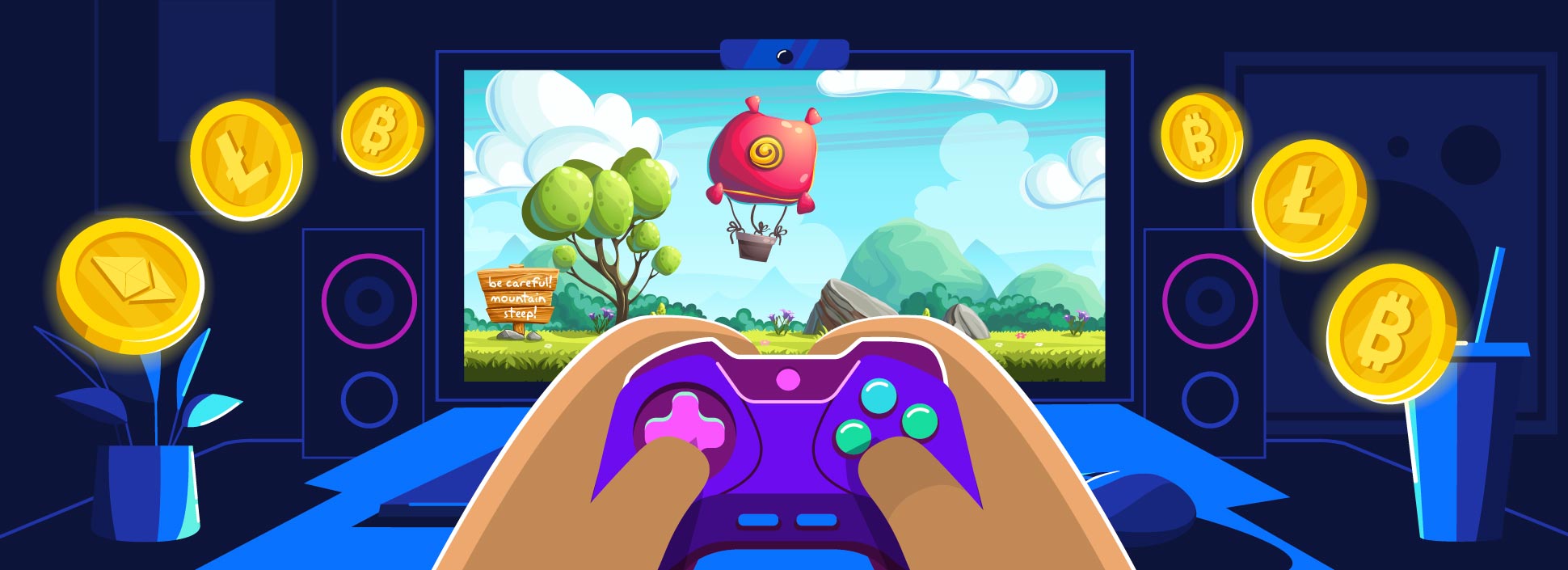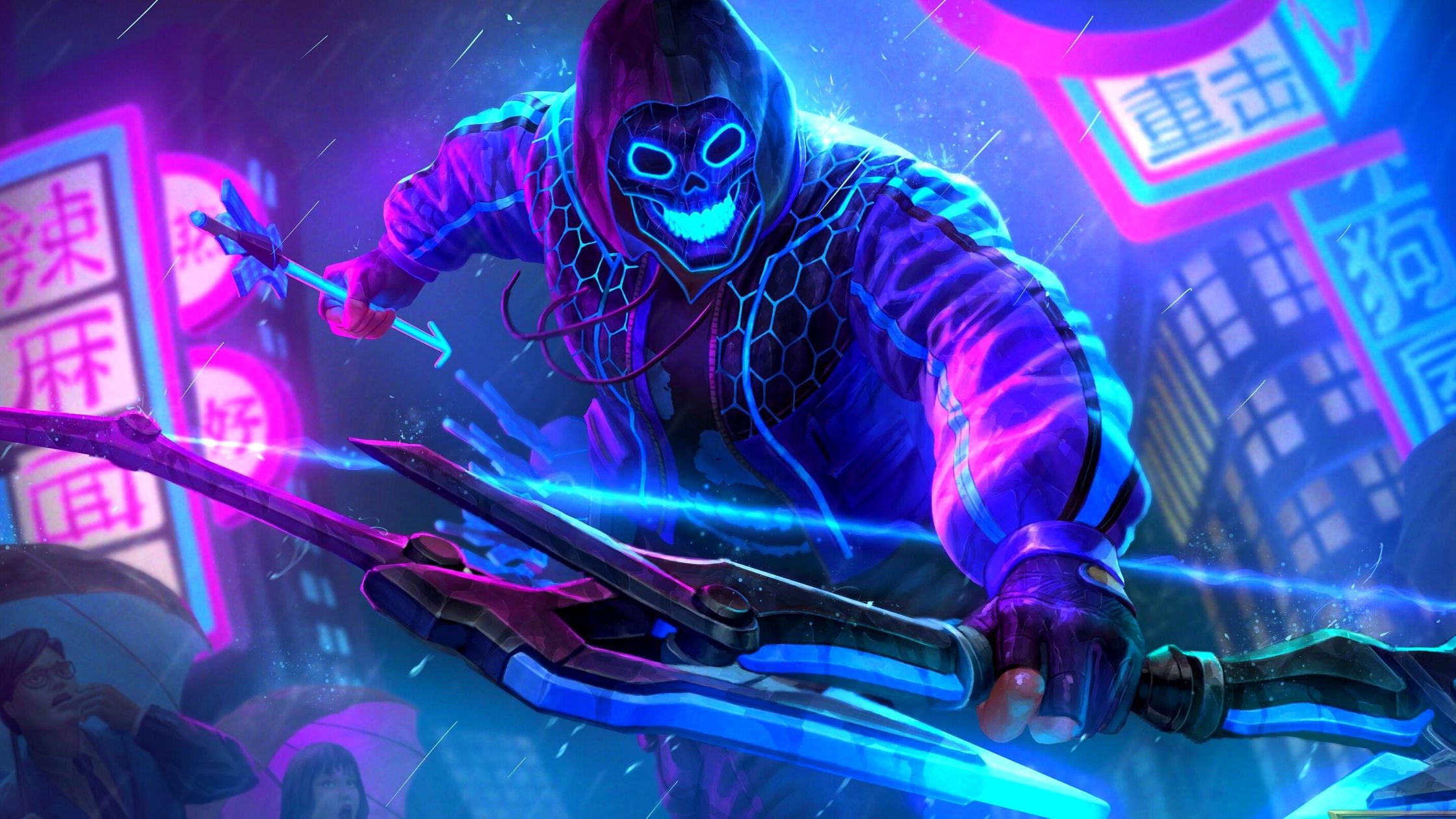The gaming industry is growing rapidly and is currently valued at $173 billion. According to some analysts, over the next 5 years, this figure may increase to $300 billion.
At the same time, gamers are a separate category of users. They always positively perceive the release of new products, actively master new game mechanics and, in general, are a very loyal audience. This makes investing in game dev especially attractive.
What is blockchain games
Blockchain games are applications based on blockchain technology that use non-fungible tokens as part of the in-game process. For example, most of the characters, objects, and items in such a game are NFTs. This means that they are unique and can only belong to one person at a time.
In addition, to ensure the internal economy in blockchain games, fungible tokens are often used, which perform the task of an internal currency to ensure transactions. Depending on the financial model of the project, they can be purchased for cryptocurrency or earned through in-game farming.
Operating systems for crypto games
Crypto games can run on different operating systems including Windows, Mac, Android and IOS. In most cases, they are built around one of three main mechanics.

Mystery Boxes.
It involves the sale of “Mystery Boxes” to players, which, with a certain degree of probability, may include NFTs of different values.
Play-to-earn.
Literally translated “play to earn”. In this case, players get the opportunity to make real money – when they achieve in-game success, they earn an internal token, which can later be exchanged on crypto exchanges and even withdrawn to fiat.
Pay-to-earn.
It translates as “Pay to earn”. The point is that players buy various collectible objects in the NFT format – non-fungible tokens, and in the future they can resell them for a greater value to other participants in the gameplay.
In some projects, these mechanics are combined, such as in the popular game “Stepn”. Here, in order to start earning tokens according to the play-to-earn model, a gamer needs to purchase a starting NFT. In addition, during the gameplay, a person can optionally buy “Boxes” in order to get a more valuable token.
Why will players go to crypto games?
Games created using DLT solve the problems listed above and enhance the user experience.
The player gains freedom and ceases to be tied to one project, due to the possibility of transferring values from project to project. In addition, he gains confidence that no one can take his paid items.
The player at any time can sell his valuables to another player, returning part of the costs, or vice versa, earning on his skills and the time spent.
Also, the player ceases to be a hostage to the financial situation in the studio that released the project. If the studio went bankrupt, its project still works in the global computer, and the digital values remain with the players.

At first glance, everything described above contradicts the very word “business”, but this is only at first glance. Already now there are solutions that bring additional benefits to the developer from providing these opportunities, and many teams around the world are entering the market, offering their solutions and starting to implement them.
Of course, not all of them are viable, but I’m sure that the gaming landscape will start to change pretty soon and we will see a lot of interesting things in this segment.
How can a player earn in crypto games?
Game values are issued in the form of the so-called. tokens, i.e. data structures containing information about game progress. These tokens reside on the blockchain network and cannot be changed except according to predetermined rules understandable to the player.
This means that the design of the game can be built in such a way that players who come in at the early stages of the launch of the game will share the success of the game with the game developer, due to the fact that the value of their tokens will grow with the popularity of the game.
Suddenly, we see that the player becomes financially interested in the growth of the project’s popularity and will work as a viral agent that draws players into the game. This reduces the budget for advertising, and the game developer has additional resources to saturate the game with content.
This funnel was clearly demonstrated by the CryptoKitties game, that is, what was written above is not fantasy, but a real fact.
There will always be players who have plenty of time but no money and players who have money but little time. Well, they will exchange these values among themselves.
